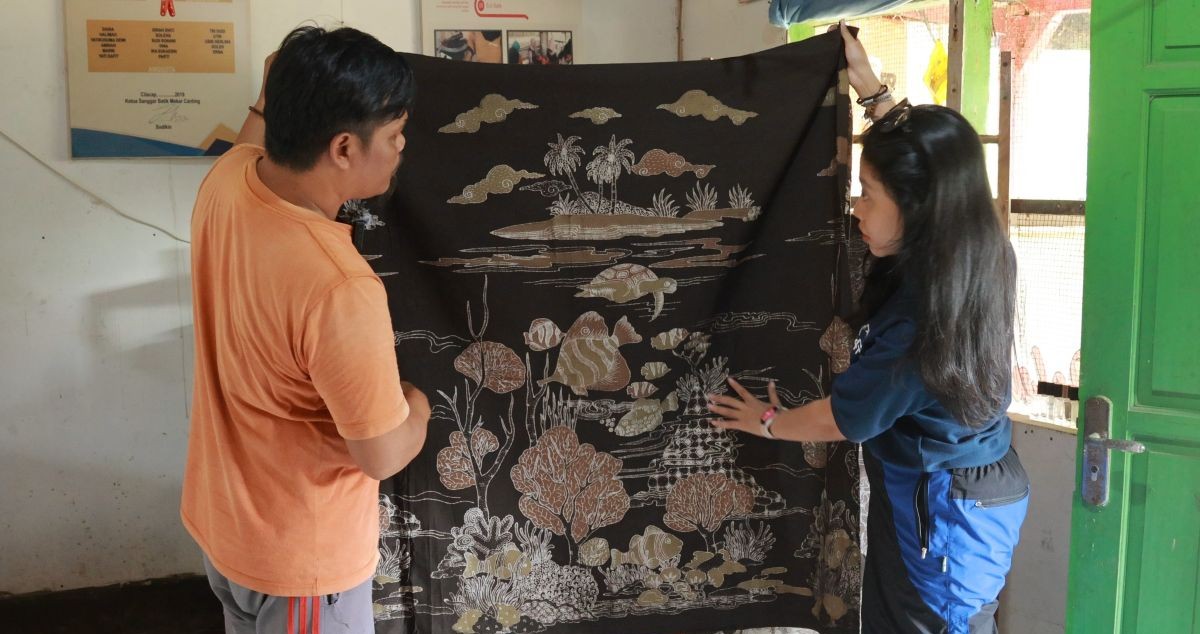Common Name |
Mango |
Description |
Mangifera indica is a large evergreen tree to 20 m tall with a dark green, umbrella-shaped crown. Trunk stout, 90 cm in diameter; bark brown, smoothish, with many thin fissures; thick, becoming darker, rough and scaly or furrowed; branchlets rather stout, pale green and hairless. Inner bark light brown and bitter. A whitish latex exudes from cut twigs and a resin from cuts in the trunk
Mangifera indica, commonly known as mango, is a species of flowering plant in the sumac and poison ivy family Anacardiaceae. It is native to the Indian subcontinent where it is indigenous. Hundreds of cultivated varieties have been introduced to other warm regions of the world. It is a large fruit-tree, capable of a growing to a height and crown width of about. However, mango trees can be converted to lumber once their fruit bearing lifespan has finished. The wood is susceptible to damage from fungi and insects. |
Products |
Food: Mango is cultivated for the fruit, which can be eaten in 3 distinct ways, depending largely on the cultivar: unripe (mature green, very popular in Thailand and the Philippines), ripe (the common way to enjoy mango throughout the world), and processed (at various stages of maturity, in the form of pickles or chutneys, dried slices, canned slices in syrup, juice and puree or paste). The fruit is surrounded by golden, juicy flesh, rich in vitamins A and C. The green fruit is also used to flavour fish and meat dishes in the same way as tamarind and other sour fruits.
Fuel: With a calorific value of 4200 kcal/kg, the wood makes excellent charcoal and firewood. Timber: Heartwood is pale yellowish-brown to reddish-brown, darkening on exposure, not clearly demarcated from the pale yellowish-brown sapwood. Grain somewhat wavy, texture moderately coarse; freshly cut wood is scentless. The wood is used for many purposes, including indoor construction, meat-chopping blocks, furniture, carpentry, flooring, boxes, crates and boat building (canoes and dugouts). |







